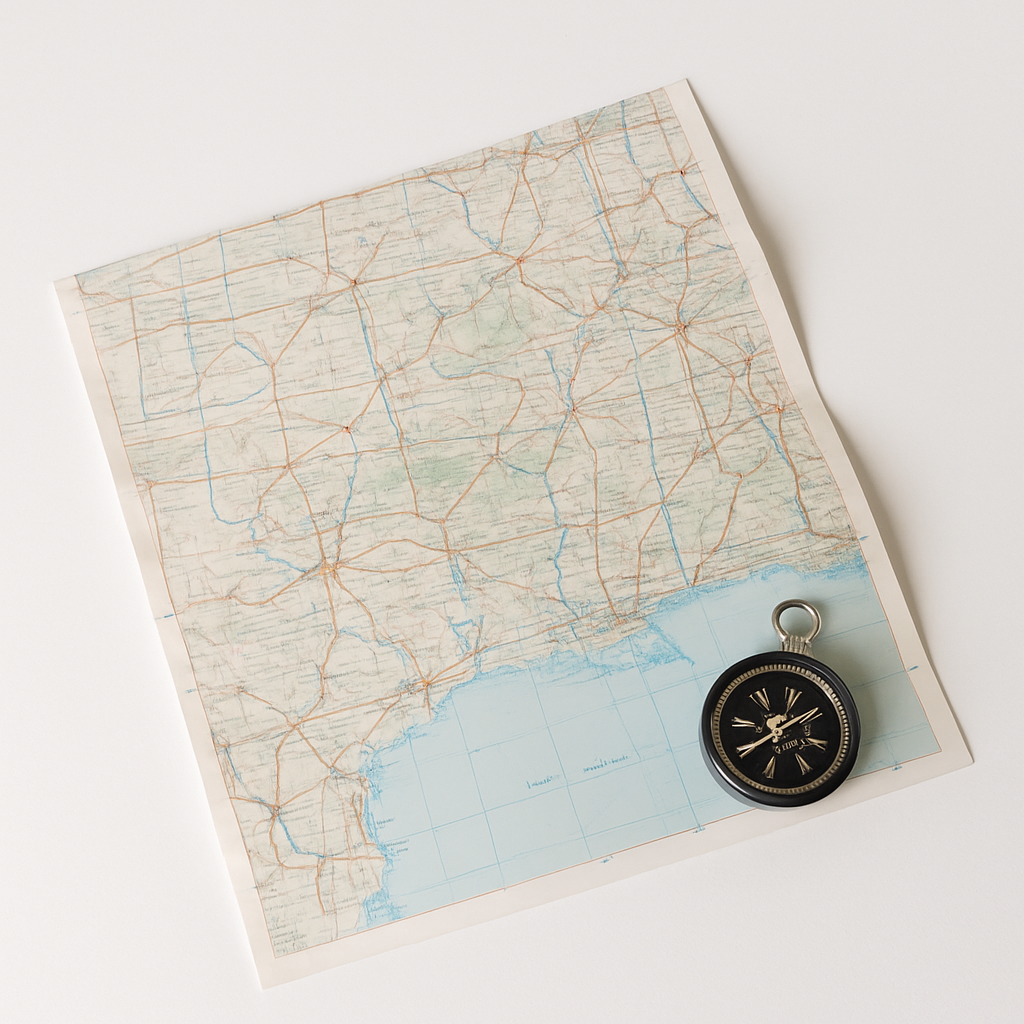We’ve come a long way since the early days of innovation and industrial change. What began as a slow shift toward mechanical advancement has now become a full-blown revolution—one that shapes how we live, work, and create. This post is the first in a three-part series exploring the journey through the industrial revolutions, leading us to the era we now live in: Industry 4.0.
Understanding Industry 4.0
Often referred to as the Fourth Industrial Revolution, Industry 4.0 represents the fusion of intelligent digital technologies with manufacturing and industrial processes. It brings together buzzworthy innovations like AI, automation, robotics, big data, and the industrial Internet of Things (IIoT). But this isn’t just about technology—it’s about transformation.
Industry 4.0 empowers businesses to make smarter decisions, customize processes, increase efficiency, and reduce human error. It supports flexible, data-driven environments where intelligent machines enhance production and supply chain operations. In short, this revolution is changing everything.
A Look Back: The First Three Revolutions
To fully appreciate where we are, it’s important to understand how we got here.
The First Industrial Revolution
The first major shift began in the early 1800s with the steam engine. It reduced dependence on human and animal labor and launched the age of mechanized production. This era introduced precision engineering and forever changed the nature of work and manufacturing.
The Second Industrial Revolution
The second revolution arrived with the introduction of electricity. Electrical motors replaced steam power, and mass production took hold through assembly lines. The rise of petroleum and smaller, more powerful machinery enabled large-scale operations to flourish.
The Third Industrial Revolution
This era brought electronics and computing into the industrial mix. Programmable machines introduced automation in factories, starting in the 1950s and 60s. Large mainframe computers processed business data, and robotic systems emerged, laying the foundation for digital transformation.
The Shift to Smart Industry
The Fourth Industrial Revolution—or Industry 4.0—originated as a European initiative to digitize manufacturing. The idea was simple: make factories as intelligent and responsive as modern digital offices. The result? Fully connected environments driven by data, automation, and AI.
Today’s factories and industrial systems rely on real-time data from global sources. AI processes that data for analysis, prediction, and decision-making. Tools like robotics, predictive maintenance, computer vision, and smart wearables are not futuristic dreams—they’re already here.
The Rise of Robotics and Predictive Technology
Robotics now includes soft manipulators—machines that can move delicately and replicate human motion with precision. Predictive maintenance powered by machine learning allows engineers to repair systems before failure occurs, saving time and cost.
Wearable devices and smart garments gather real-time data to improve workplace safety, efficiency, and performance. Meanwhile, computer vision enables visual search capabilities and quality control through advanced image recognition.
3D printing, or additive manufacturing, flips traditional production on its head by building components layer by layer instead of carving from raw materials. These innovations reflect a shift toward sustainable, agile, and intelligent production.
What’s Next?
Industry 4.0 is just the beginning. We’re already seeing its evolution into new territories like AI-integrated platforms, smart ecosystems, and digital twins. These technologies will further redefine how we interact with data, machines, and each other.
Final Thoughts
No matter where you are or what path you’re on, this moment in history offers exciting opportunities to grow, adapt, and lead. May your journey forward be filled with purpose and possibility.





